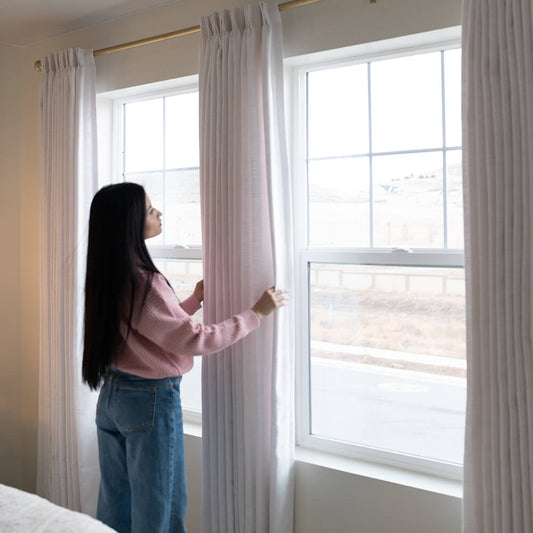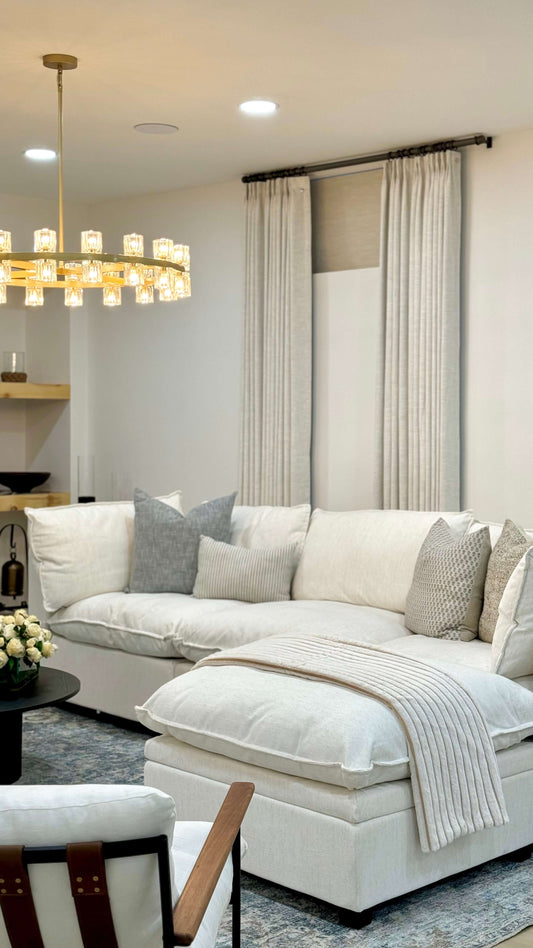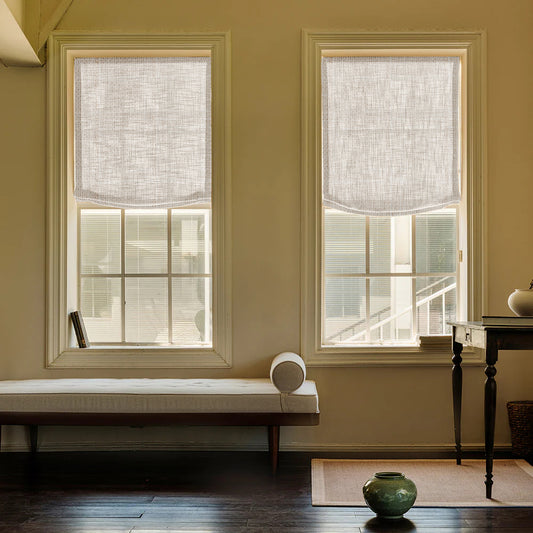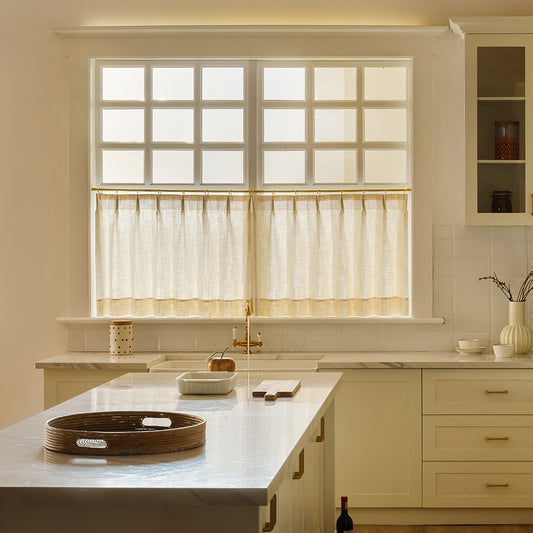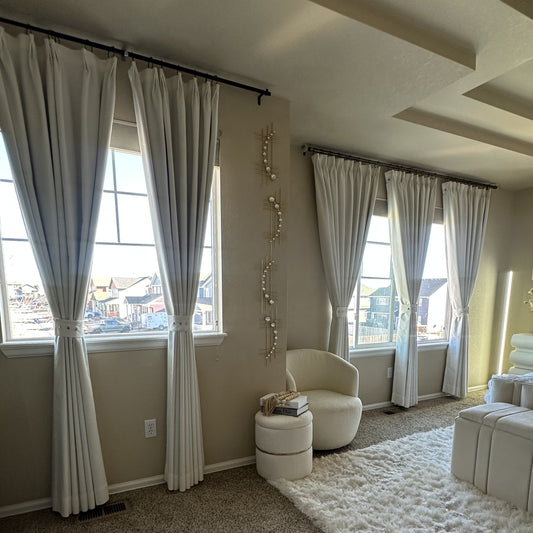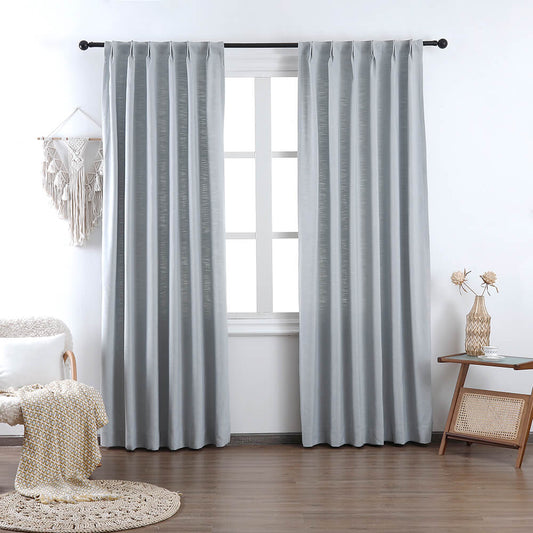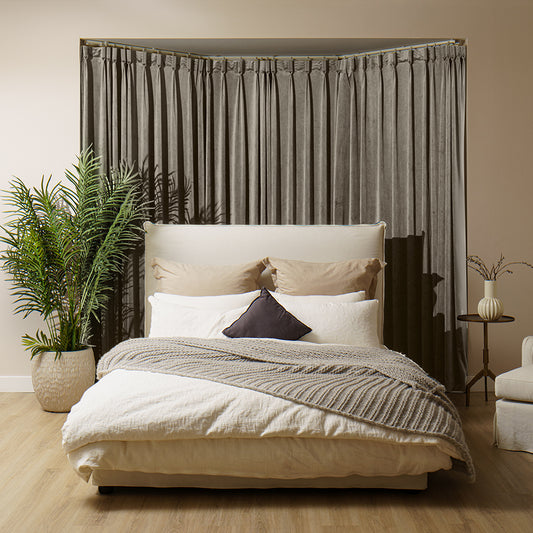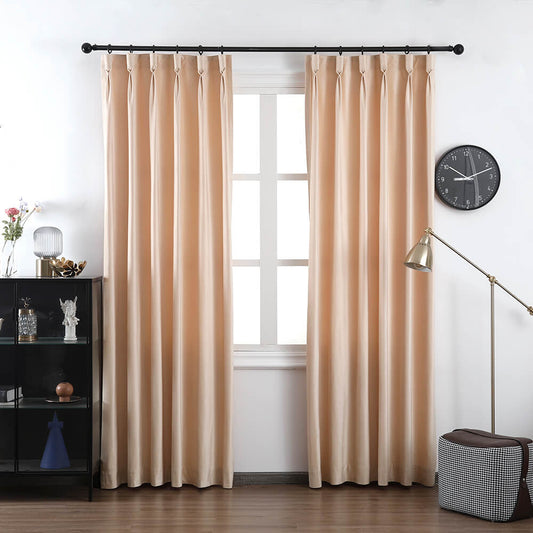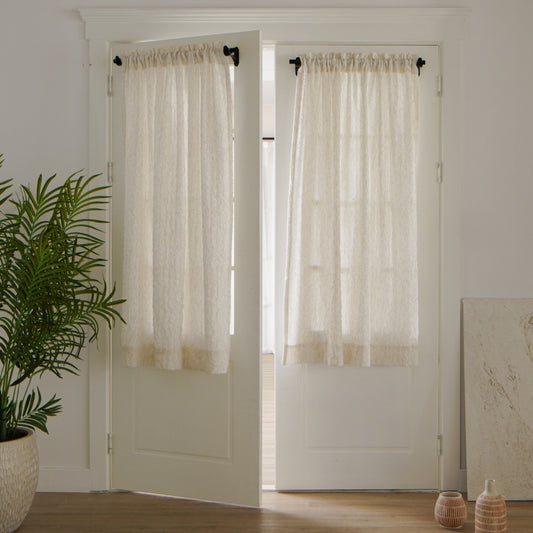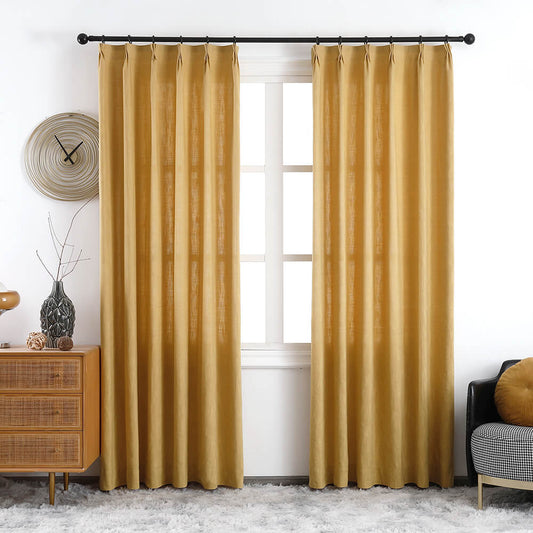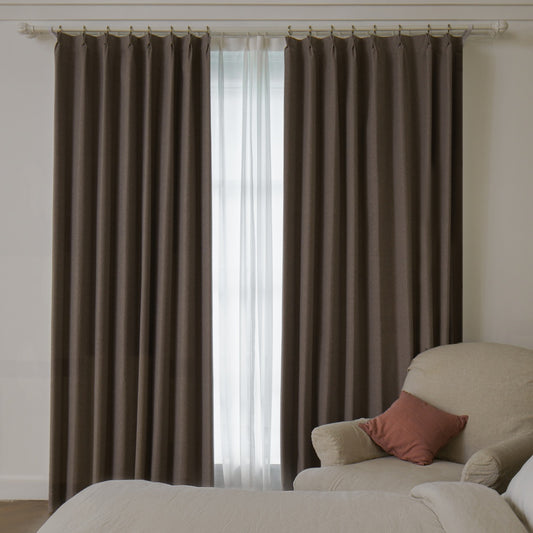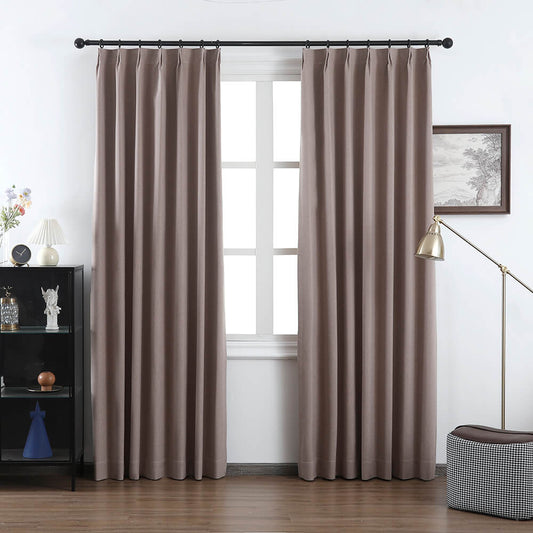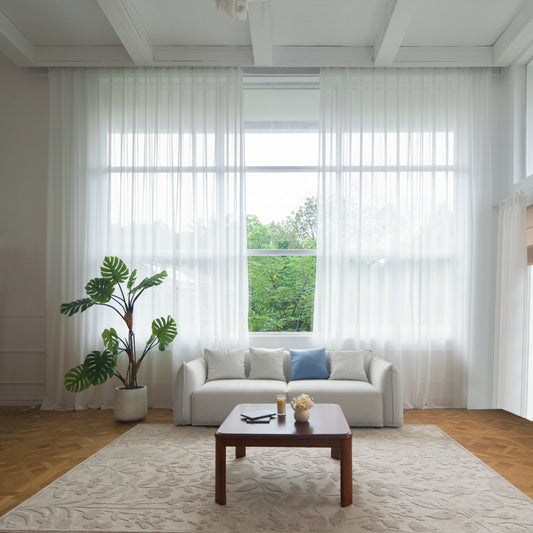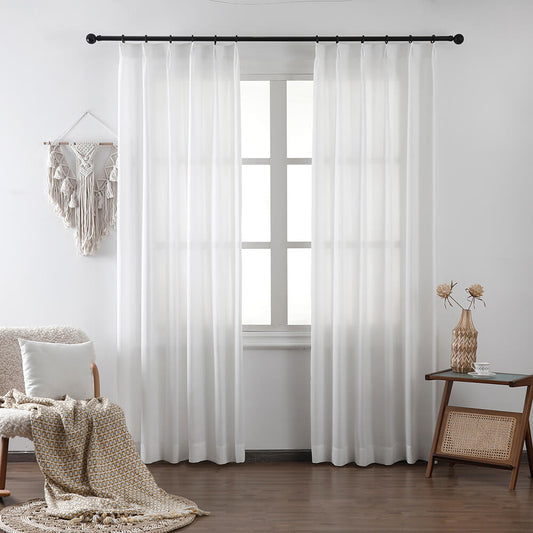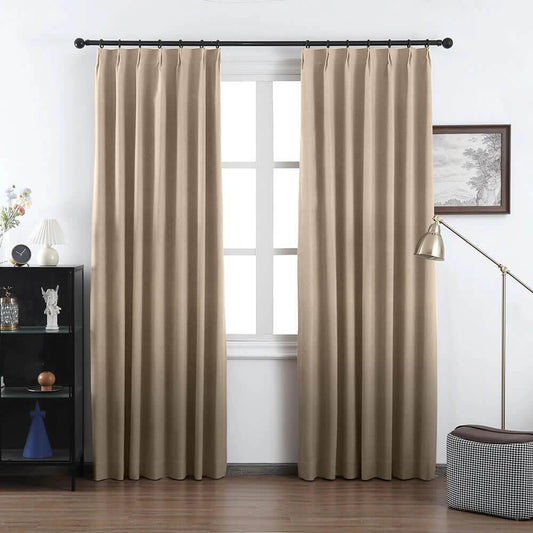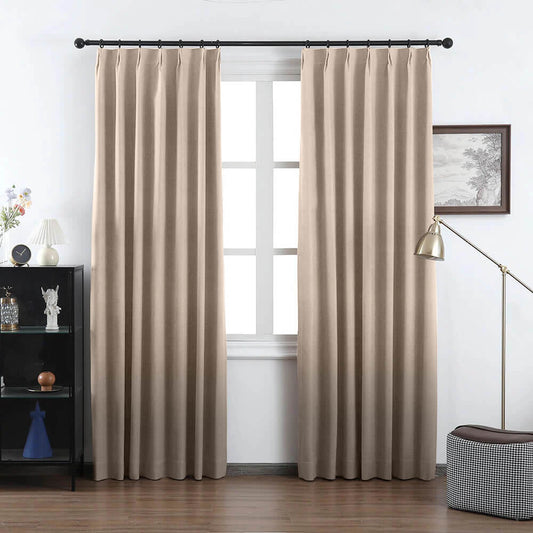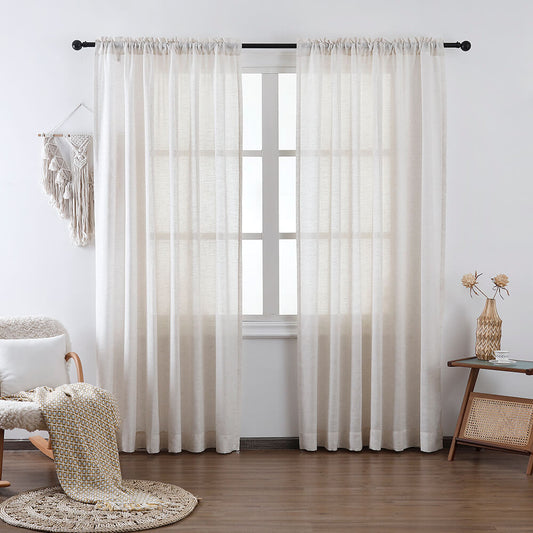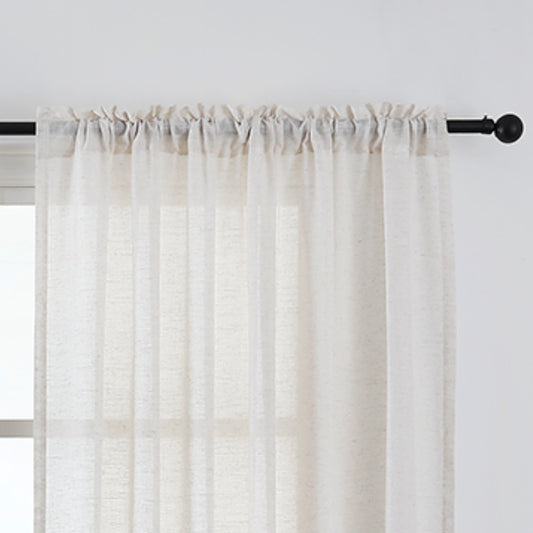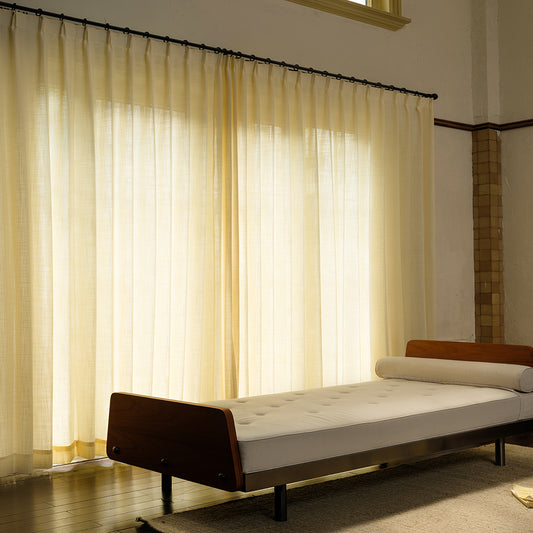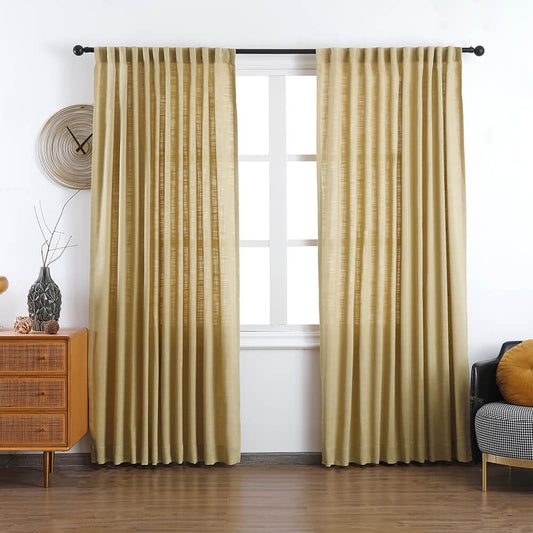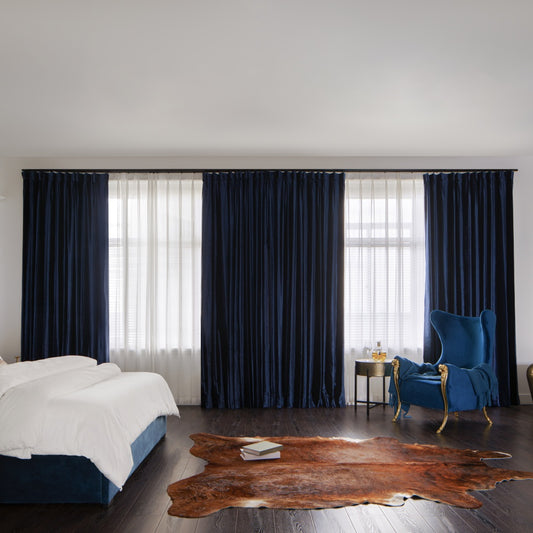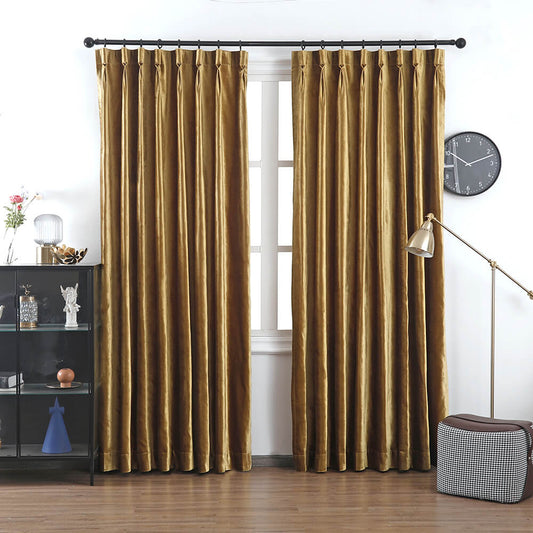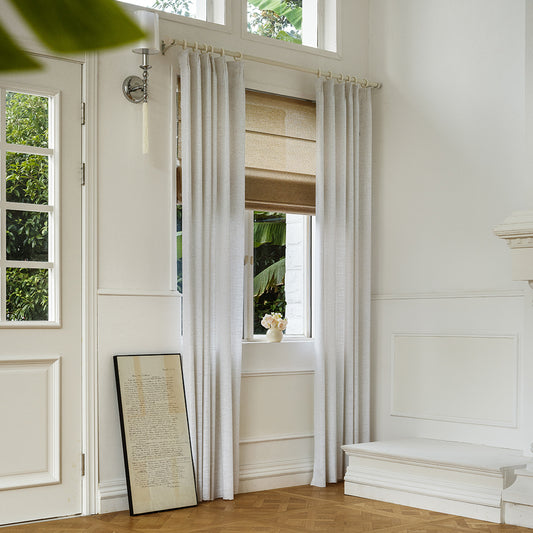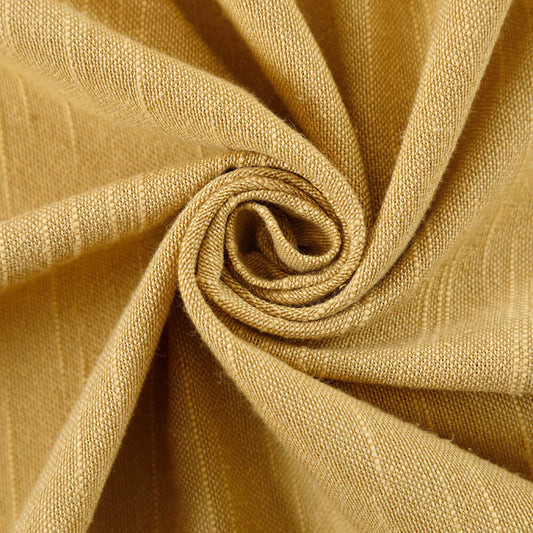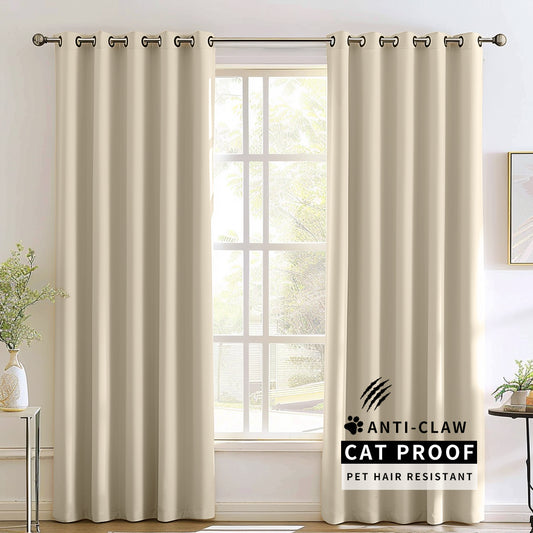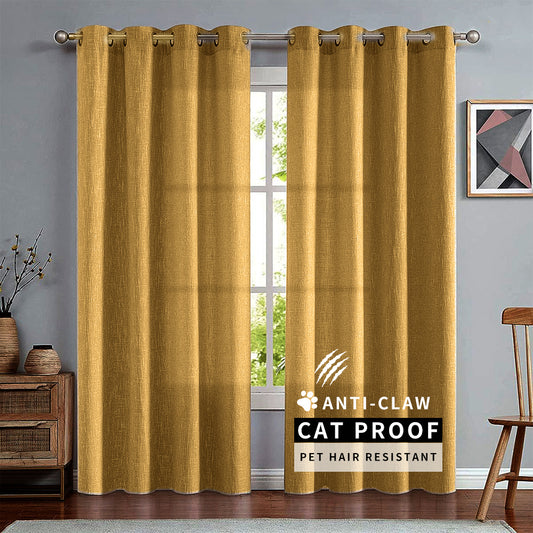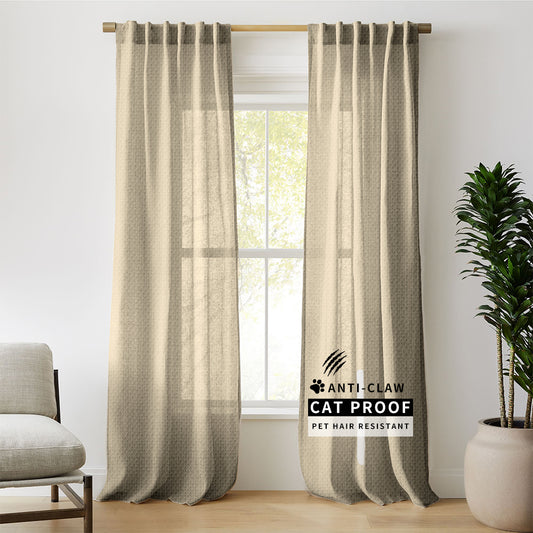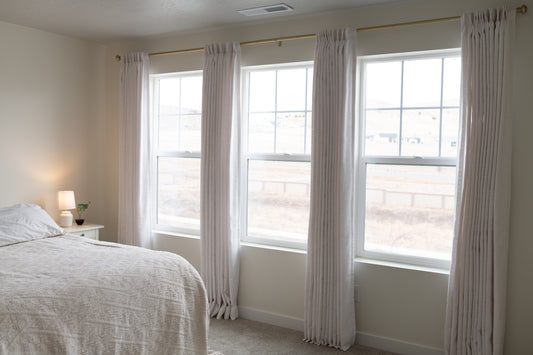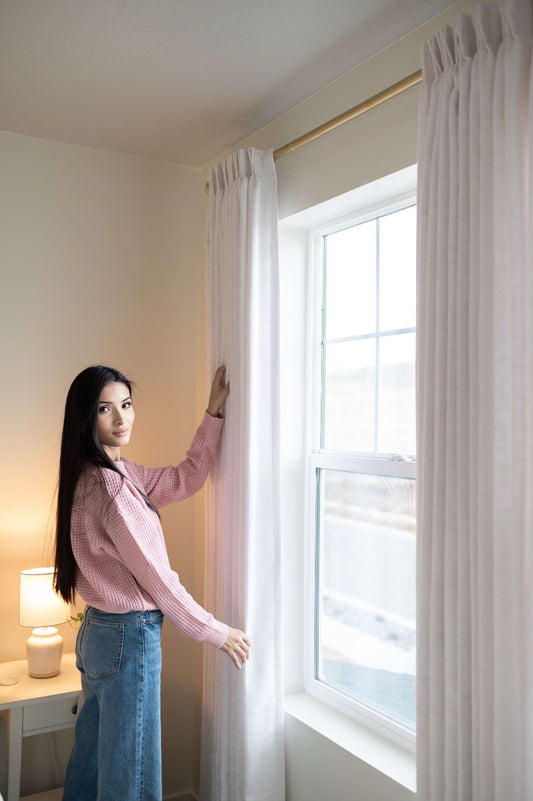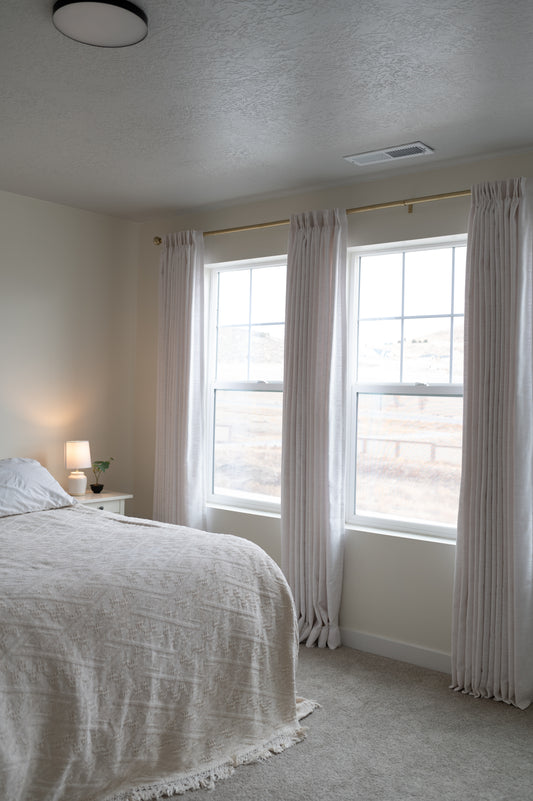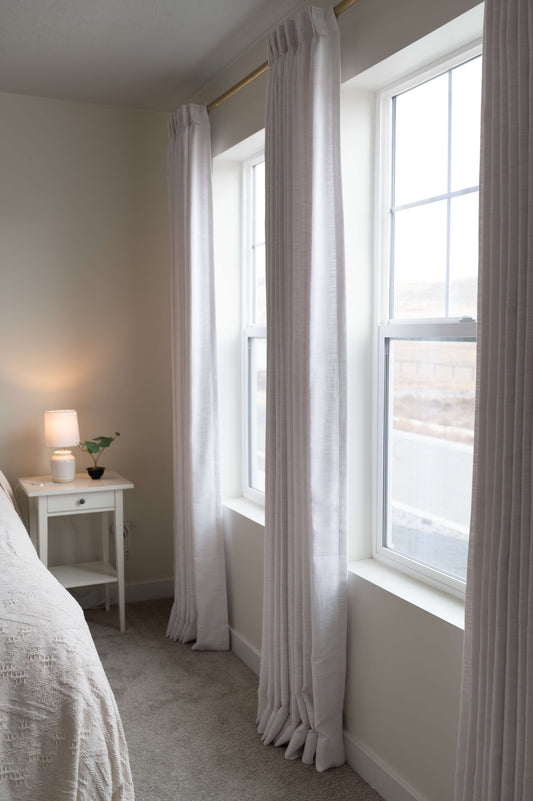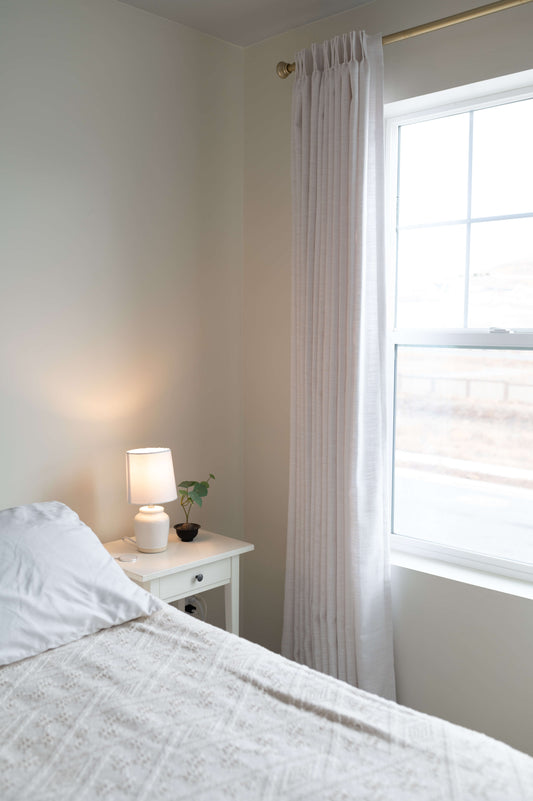The Top 5 Challenges in Bulk Curtain Procurement and How to Solve Them
Wholesalers, distributors, and stores trying to keep a competitive edge in the market depend critically on bulk curtain buying. Finding enough premium curtains at reasonable prices presents certain difficulties, though. From logistics and customizing needs to supplier dependability, the procedure can be time-consuming and difficult. The five most often occurring difficulties in bulk curtain procurement are discussed in this piece together with doable fixes to simplify your buying approach.

1. Guaranturing Constant Quality Over Big Order Volume
The Challenge:
Maintaining uniform quality over all units might be challenging when buying curtains in volume. Differences in production batches can cause variations in fabric texture, color, stitching, and general workmanship.
The fixes are:
Before committing to significant purchases, partner with reliable suppliers, do extensive background checks, ask for samples, and tour manufacturing sites.
Apply rigorous quality control techniques: Create thorough requirements and call for outside inspections at several phases of manufacturing.
Work with vendors who use the same dye batches and standardized materials to lower variances.
Including quality assurance clauses in contracts helps to guard against flaws and inconsistencies.
Managing Delays and Long Lead Times
The difficulty is:
Because of manufacturing techniques, raw material availability, and delivery constraints, bulk curtain orders generally include extensive lead times. Delays have the ability to affect sales and upset supply networks.
The Answer:
Forecast Demand: Based on past performance, project stock requirements and schedule orders ahead of time.
Work with several suppliers to diversify sourcing and help to reduce risks connected to one manufacturer.
Contractual negotiations should include fines for delays and guarantee suppliers provide reasonable manufacturing schedules.
Choose effective shipping methods; for urgent orders, think about flying goods and coordinate with logistics partners for best routes of delivery.
3. Juggling Profit Margines with Cost
The difficult task is:
It might be difficult to identify reasonably priced bulk curtains without sacrificing quality. High procurement expenses might lower profit margins.
The fix is:
Bargain for bulk discounts by using big orders to get better terms.
Comparing several suppliers means obtaining source quotations from several manufacturers to identify the most reasonably priced solution.
Think about alternative materials that fit market tastes and are reasonably priced but premium.
Work with local suppliers wherever you can help to lower transportation and storage costs.

4. Managing Requirements and Customization
The difficulty resides in:
Customized curtains with particular colors, patterns, and sizes are demanded by many consumers, which makes mass production difficult and maybe drives up costs.
The remedy:
Work with flexible manufacturers to choose vendors that provide customizing services without paying too much more expenses.
Using a modular design approach, standardize some components and let small changes to meet various client needs.
Use digital printing technology: Modern printing methods may quickly produce unique designs without need for separate manufacturing runs.
For unique requests to control expectations, clearly define minimum order quantities and pricing policies.
5. Getting Beyond Regulatory Compliance Problems and Import Concerns
The difficulty lies in:
Country-specific import rules, levies, and compliance criteria differ. Ignoring legal criteria could cause fines, delays in shipments, or product recalls.
The remedy:
Stay Current on Import Laws: To prevent compliance problems, routinely go over laws in your intended markets.
Work with seasoned freight forwarders—partnerships with logistics professionals aware of import duties and documentation needs.
Make sure providers offer required safety and quality certificates.
Local Production: Sometimes buying from native producers helps to lower expenses and avoid difficult import laws.
In summary
Although buying bulk curtains might provide various difficulties, wholesalers and distributors can maximize their buying process using the correct techniques. Key elements in a good bulk procurement plan include quality consistency, lead time management, cost control, handling of customizing, and import compliance. Working with trustworthy suppliers, enforcing rigorous quality control policies, and improving logistics help companies to maximize profits and simplify processes.
Frequencies of questions
How can I guarantee constant quality for bulk curtains?
To reduce quality variances, standardize supplies, and partner with reliable vendors do extensive checks.
2. How may lead times for bulk orders be shortened most effectively?
To minimize needless delays, plan ahead, deal with several vendors, and use effective delivery techniques.
3. How might I bargain for better bulk curtain prices?
To raise profit margins, ask for group discounts, evaluate quotations from several manufacturers, and streamline supply chains.
4. Can one modify bulk curtains without greatly raising expenses?
Indeed, employing modular designs, collaborating with flexible manufacturers, and making advantage of digital printing will help to control customizing expenses.
5. For import compliance, what main elements should one take into account?
To prevent legal problems, keep educated about rules, deal with seasoned goods forwarders, and make sure suppliers offer required certifications.
These ideas will help wholesalers and bulk curtain distributors improve effectiveness, lower costs, and guarantee a flawless procurement procedure. Start improving your sourcing approach right now to keep ahead of the cutthroat curtain business.
